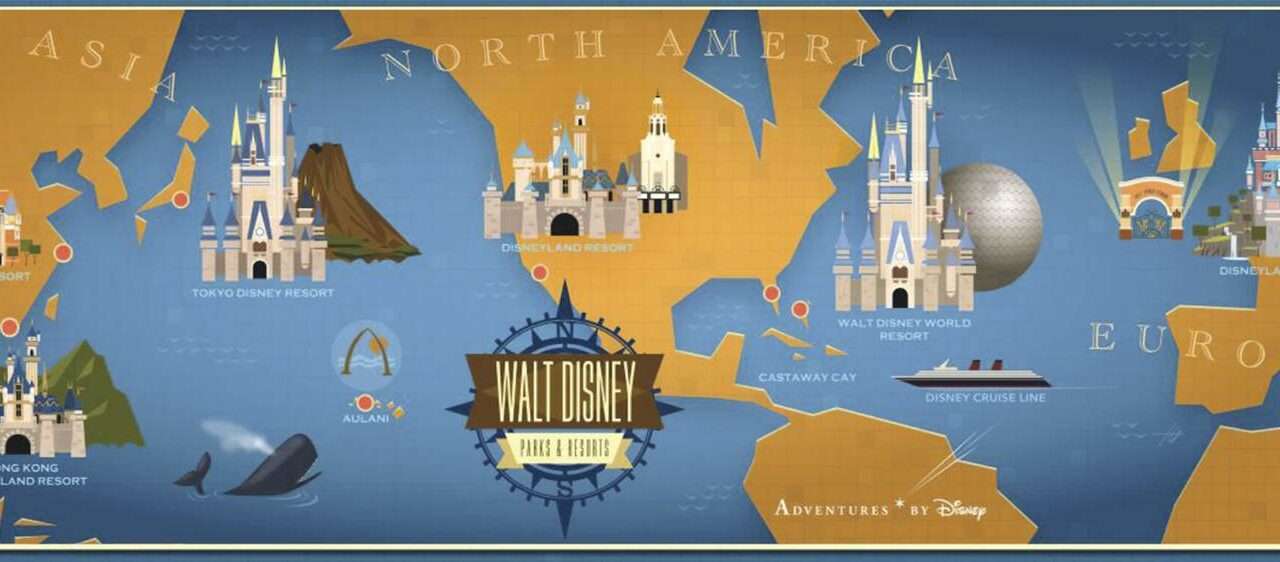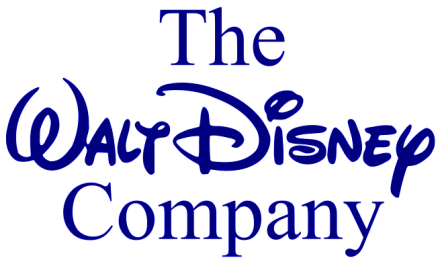When Disneyland first swung open its magical gates in 1955, it forever transformed family vacations. The enchanting world of Disney quickly grew to encompass new attractions, parks, and resorts, continually redefining fun and excitement in an increasingly competitive theme park industry. Yet, as Disney evolves, there’s a growing question: does an impressive budget and famous brand guarantee a memorable story?
In the 1980s, Disney was at a crossroads, struggling with underperforming animated films. Enter Michael Eisner and Frank Wells, the dynamic duo who invigorated Disney’s animation studio and theme parks. During their tenure, Disney began broadening its horizons, incorporating external IPs like Lucasfilm, MGM, and Aerosmith. This era produced thrilling attractions such as Star Tours, Splash Mountain, The Great Movie Ride, and many more. These attractions often pushed the envelope of family experiences while retaining accessibility for all ages. However, not every experiment paid off. The spine-chilling ExtraTERRORestrial Alien Encounter at Magic Kingdom, despite its innovative concept, had to be reimagined following feedback from families unprepared for its intensity.
Fast forward to Bob Iger’s leadership from 2005, and Disney pivots sharply towards IP integration, acquiring giants like Pixar, Lucasfilm, and Marvel. This move was partly inspired by the transformative success of Universal Orlando’s Wizarding World of Harry Potter, which lifted Universal out of Disney’s shadow. Disney countered with immersive experiences such as Pandora: The World of Avatar, Star Wars: Galaxy’s Edge, Frozen Ever After, and more. While these attractions redefine visual grandeur, some argue they sometimes soften suspense in favor of broader appeal. For example, the rethemed Frozen Ever After replaced Epcot’s Maelstrom with great success, and Guardians of the Galaxy – Mission: BREAKOUT! added a bouncy, fun twist to the Tower of Terror’s previously eerie ambiance.
Another significant change is the reimagining of Splash Mountain into Tiana’s Bayou Adventure. This attraction mandates Disney’s approach: preserving the thrill of a five-story drop while transforming the narrative to avoid problematic elements, ensuring it remains more of a joyous journey than a tension-builder.
Disney continues to innovate with visually stunning attractions like Cosmic Rewind, Tron: Lightcycle Run, and Mickey and Minnie’s Runaway Railway. These masterpieces appeal to older audiences with their thrilling ride systems, though the balance between suspense and adventure often tips towards the latter. Classic attractions like the Haunted Mansion have also seen “scary” elements dialed back, reflecting Disney’s ongoing quest to craft experiences suitable for all ages.
As Disney Parks evolve, the challenge remains: crafting experiences that transcend mere adventure to encapsulate suspense and thrill. What do you think, dear reader? Should Disney Parks lean more into the spooky and suspenseful, or does the current balance of adventure serve the magic just right? Share your thoughts in the comments below, and don’t forget to share the story!
Source: LaughingPlace.com



